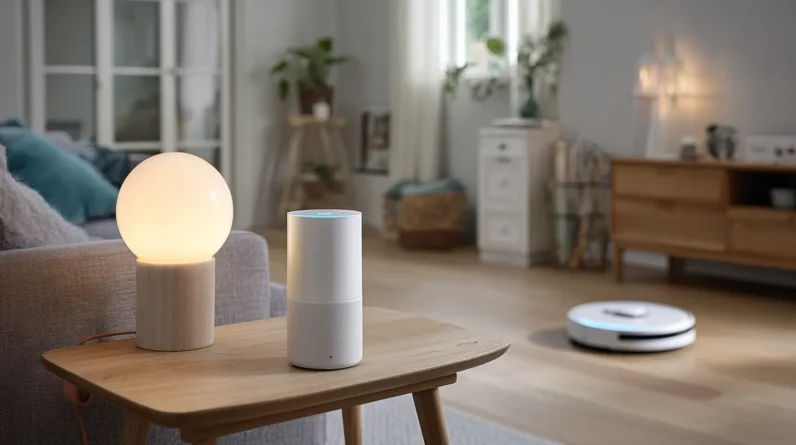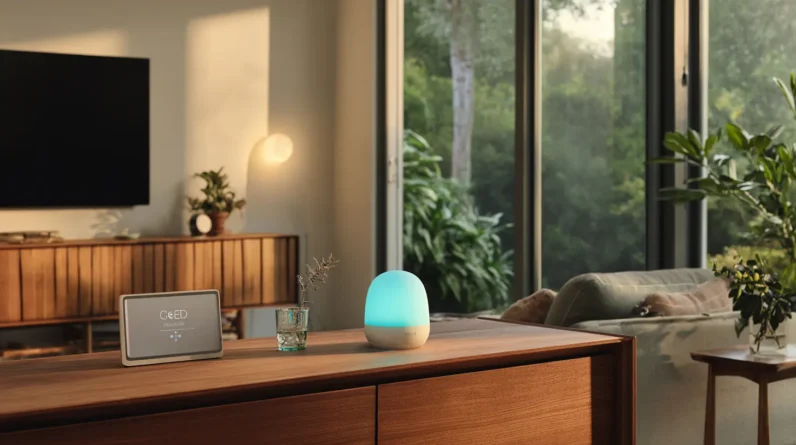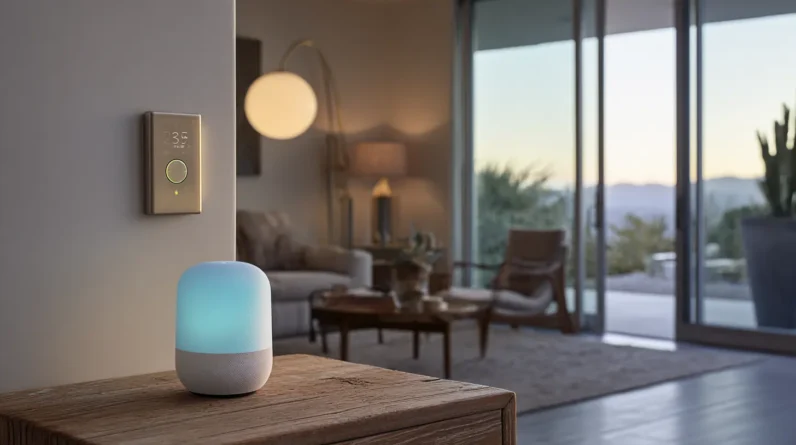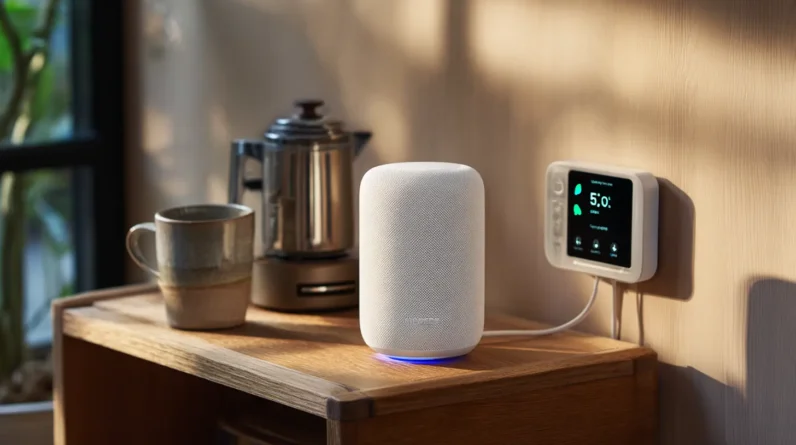
We think user-friendly interfaces are essential for smart devices, as they greatly impact our overall experience. A seamless interface makes it easy for us to access and manage our devices, which in turn enhances our daily lives. By prioritizing accessibility and ease of use, we can enjoy the full benefits of smart technology. Effective design leads to improved energy efficiency, household management, and user satisfaction. As we explore ways to make our smart devices more intuitive and accessible, we’ll uncover the secrets to revealing their true potential and creating a more harmonious relationship between humans and technology.
UI and UX in Smart Homes
As we navigate the complexities of smart home technology, we’re reminded that a seamless User Interface (UI) and User Experience (UX) are essential to revealing the full potential of these devices in our daily lives. A well-designed UI enables us to effortlessly interact with our smart devices, while a positive UX guarantees we’re satisfied with these interactions. We’ve learned that effective UI design boosts accessibility and ease of use, making it simpler to control our smart home systems.
By incorporating intuitive and user-friendly interfaces, we can enjoy better energy efficiency and more efficient household management. Furthermore, research shows that larger buttons and horizontal scrolling improve usability across different age groups, making smart home interfaces more inclusive for everyone.
Designing for Accessibility and Ease
By prioritizing accessibility and ease in our smart device interfaces, we can create a more inclusive and user-friendly experience that accommodates diverse needs and abilities. When designing for accessibility, we consider multimodal interface options and larger touch targets to cater to users with vision-related disabilities. We also incorporate larger buttons and consistent color schemes, which improve usability across various age groups, particularly for older users.
Intuitive navigation and clear feedback mechanisms are essential for enhancing user satisfaction and reducing the learning curve associated with new smart devices. By prioritizing ergonomics, we guarantee that essential functions are within easy reach, making our interfaces responsive to different user abilities.
Automation Scenarios and Personalization
We can revolutionize our smart home experience by creating tailored automation scenarios that adapt to our unique habits and preferences, ensuring a seamless and convenient interaction with our devices. With intuitive usability, we can effortlessly manage our smart devices through clear and straightforward interactions. Customizable features allow us to personalize our smart home systems, creating environments that suit our specific needs and preferences.
Automated management of devices leads to increased efficiency, adjusting thermostats or blinds based on time or environmental conditions. By streamlining automation, we can set schedules for energy usage or outdoor activities, improving our daily routines and enhancing energy efficiency during peak summer months. This level of personalization and automation enhances our overall user performance and preferences, making our smart home experience truly exceptional.
Overcoming Smart Home Integration Challenges
One of the biggest hurdles in achieving a seamless smart home experience is dealing with the fragmentation of devices and applications that don’t communicate with each other, forcing us to juggle multiple apps and interfaces just to manage our various smart devices.
We’ve all been there – frustrated and overwhelmed by the complexity of it all. That’s why we need an easy-to-use interface that integrates all our devices into a single, user-friendly platform. With solutions like Freedompro’s Home app, we can finally enjoy a unified smart home environment where remote access and direct automation features simplify our lives. By integrating with existing systems and offering smart scheduling, we can save energy and time, making our smart homes truly smart.
Future Directions in Smart Home Design
As we simplify our smart home experiences with integrated platforms, we’re now poised to explore the next wave of innovations that will shape the future of smart home design. We envision user-friendly interfaces that prioritize intuitive layouts, providing clear feedback mechanisms to enhance our overall user experience. The future of smart homes will also focus on sustainability and energy efficiency, offering immediate value recognition to users.
Additionally, voice commands and conversational interfaces will enable hands-free navigation, making smart home systems more accessible to a broader range of users. We’re committed to developing inclusive designs that cater to various vulnerabilities, as well as exploring emerging technologies like augmented reality features to create more immersive experiences.
Enhancing User Experience Through Research
Through rigorous research and analysis, we’re uncovering the most effective ways to simplify smart device interactions, ultimately enhancing our overall user experience. To achieve this, we’re focusing on the following key areas:
1. Intuitive interface designs: Creating user-friendly interfaces that cater to diverse user needs, guaranteeing improved usability across various demographics.
2. Tailored designs for older adults: Incorporating design elements like larger buttons and horizontal scrolling to enhance task completion times for this age group.
3. Multimodal interface designs: Incorporating multiple modes of interaction to improve accessibility for users with vision-related disabilities.
4. Continuous usability testing: Gathering user feedback to refine interface design and guarantee products meet evolving user expectations and preferences.
Conclusion
As we look to the future of smart homes, it’s clear that user-friendly interfaces will remain an essential feature. In fact, a recent study found that 70% of consumers consider ease of use a top priority when selecting smart home devices. This statistic highlights the importance of designing intuitive interfaces that simplify our lives, rather than add complexity. By prioritizing accessibility and personalization, we can access the full potential of smart homes and create a seamless, enjoyable experience for all.







